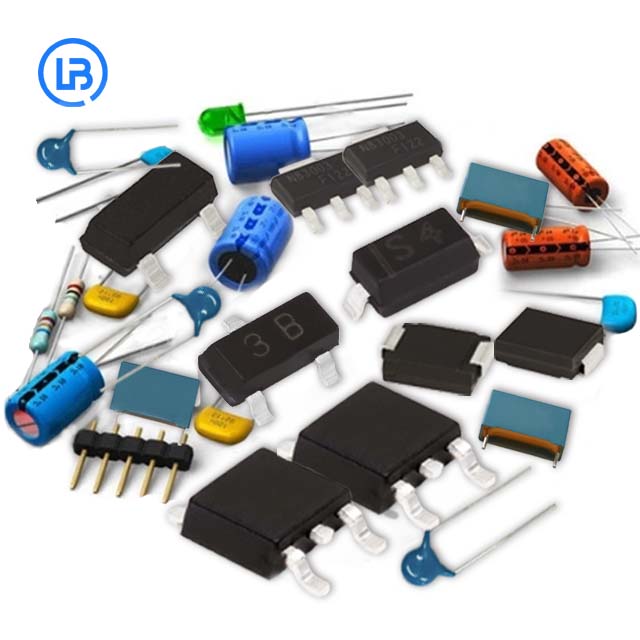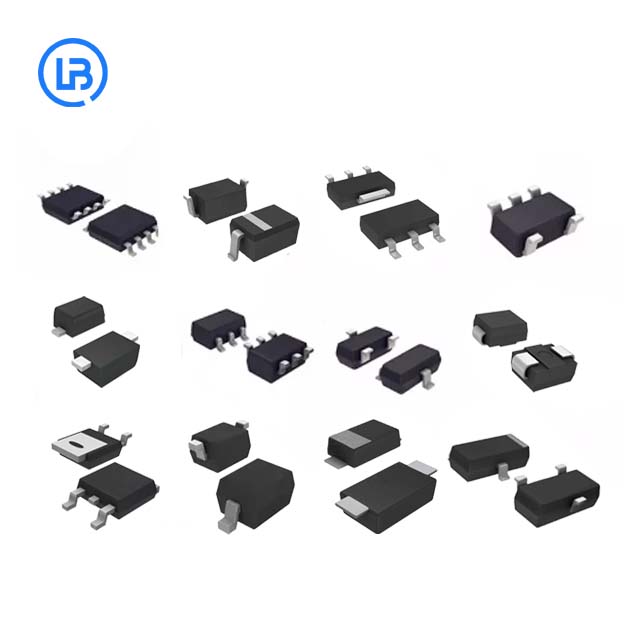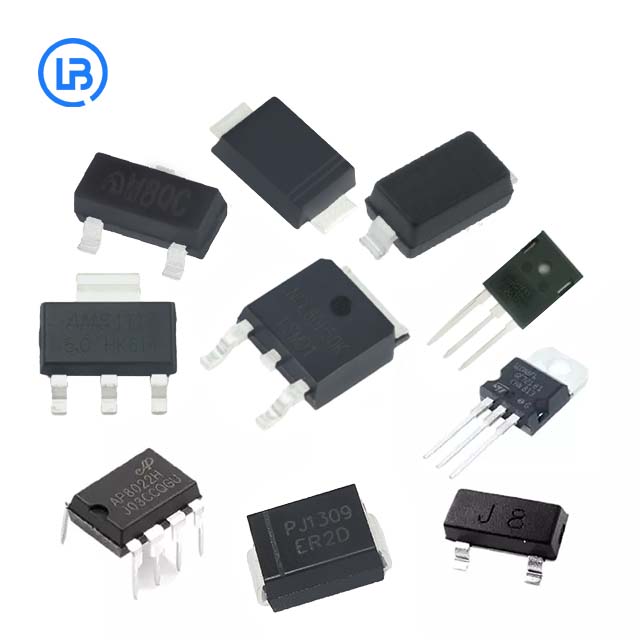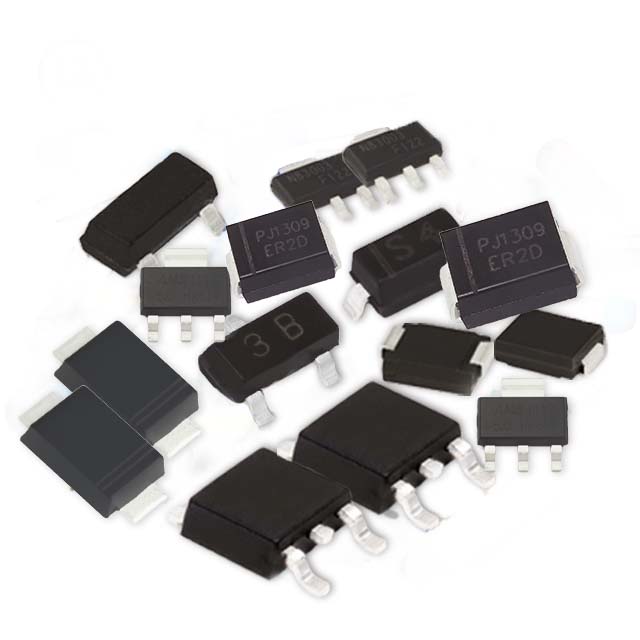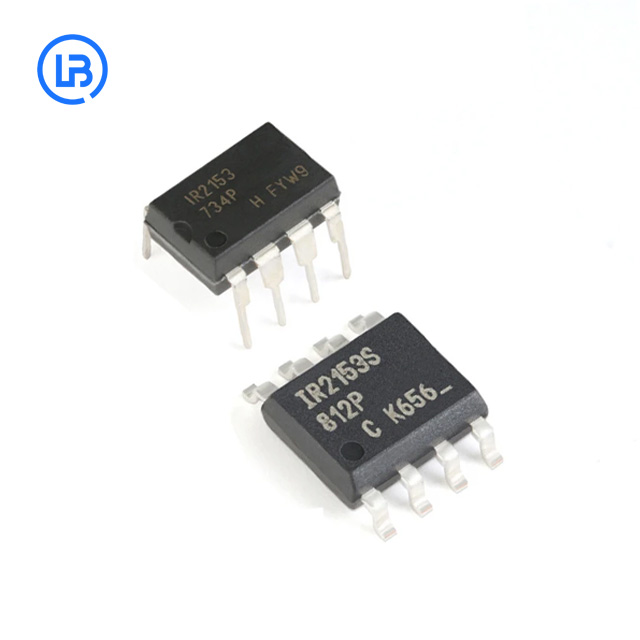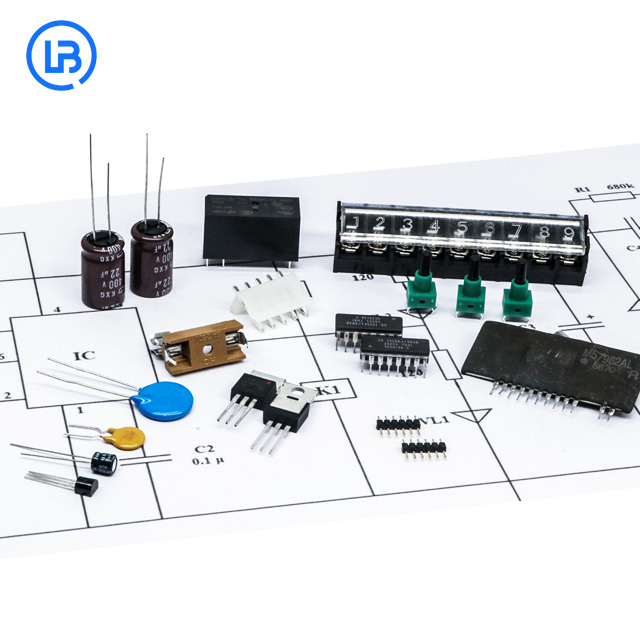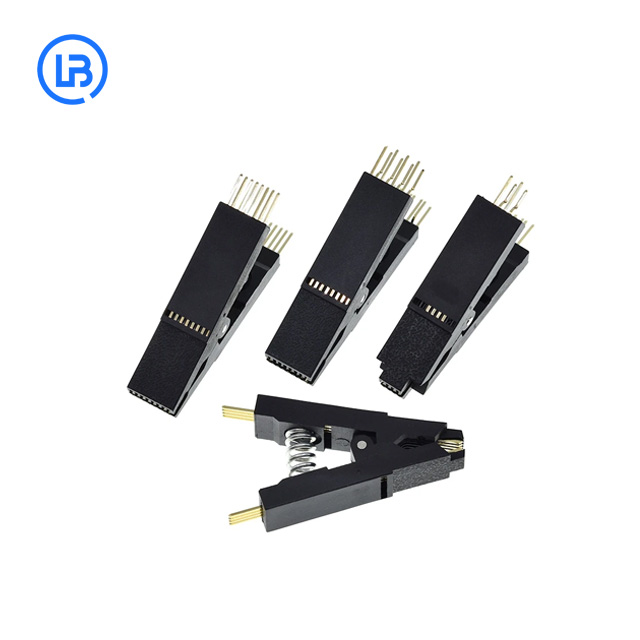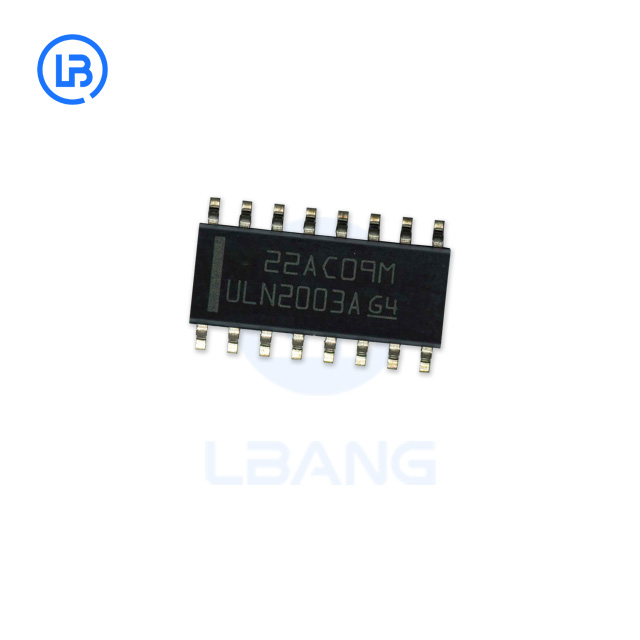
Excipients
Excipients
Electronic auxiliary materials are crucial components in the manufacturing of electronic products, enhancing their functionality and reliability. Conductive materials ensure proper electrical connections, while insulating materials prevent unwanted electrical flow. Thermal management materials dissipate heat, and protective coatings safeguard against environmental factors. Identification and labeling materials facilitate manufacturing and tracking.The selection of these materials is crucial, as they directly impact the quality, performance, and durability of the final product.
- Application: These accessories play an important role in household appliances, automobiles, industry, medical instruments and other fields.
- Provide brands: LUBANG cooperates with a number of well-known manufacturers in the industry to provide you with high-quality accessories products, including TDK, TE Connectivity, TT electronics, Vishay, Yageo and other brands.
Product Comparison
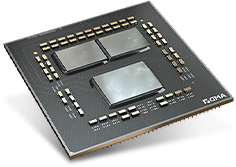
Model 1: 3M Polyester Film-based Electrical Insulating Tape
Polyester film
Acrylic
130°C
2.5/0.0635mm
5500V
Greater than 1×10^6 megohms
20/448 lb/in (N/10mm)
100%
1
35/3.8 oz/in (N/10mm)
-
-
-
vs
vs
Substrate
Adhesive
Operating temperature
Thickness
Dielectric breakdown/Voltage resistance
Insulation resistance
Tensile strength
Elongation at break
Electrolytic corrosion coefficient
Adhesion to steel
Color
Voltage rating
Size
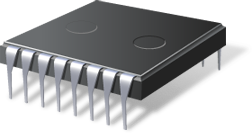
Model 2: 1500 Electrical Insulating Tape
-
-
-
0.13mm
Greater than 39.37KV/mm
-
-
-
-
-
Mostly black
Same as 1300 electrical tape
18100.13mm
Product Description
| Number of floors | Single layer, double layer, 4 layer, 6 layer, etc |
| Materials | Polyimide (PI), polyester (PET), copper foil, aluminum foil, etc |
| Plate thickness | 0.1mm,0.2mm,0.5mm, 1.0mm, etc |
| Copper thickness | 18μm,35μm,70um, 105μm, etc |
| Minimum cable width/spacing | 0.1 mm / 0.1 mm, 0.05 mm / 0.05 mm, etc |
| Minimum hole size | 0.3mm,0.5mm,0.8mm, etc |
| Aspect ratio | 1:1,2:1,4:1, etc |
| Maximum plate size | 300mm×300mm, 500mm×500mm, etc |
-

Phone
-

E-mail
-

Whatsapp
WhatsApp
-

Top

